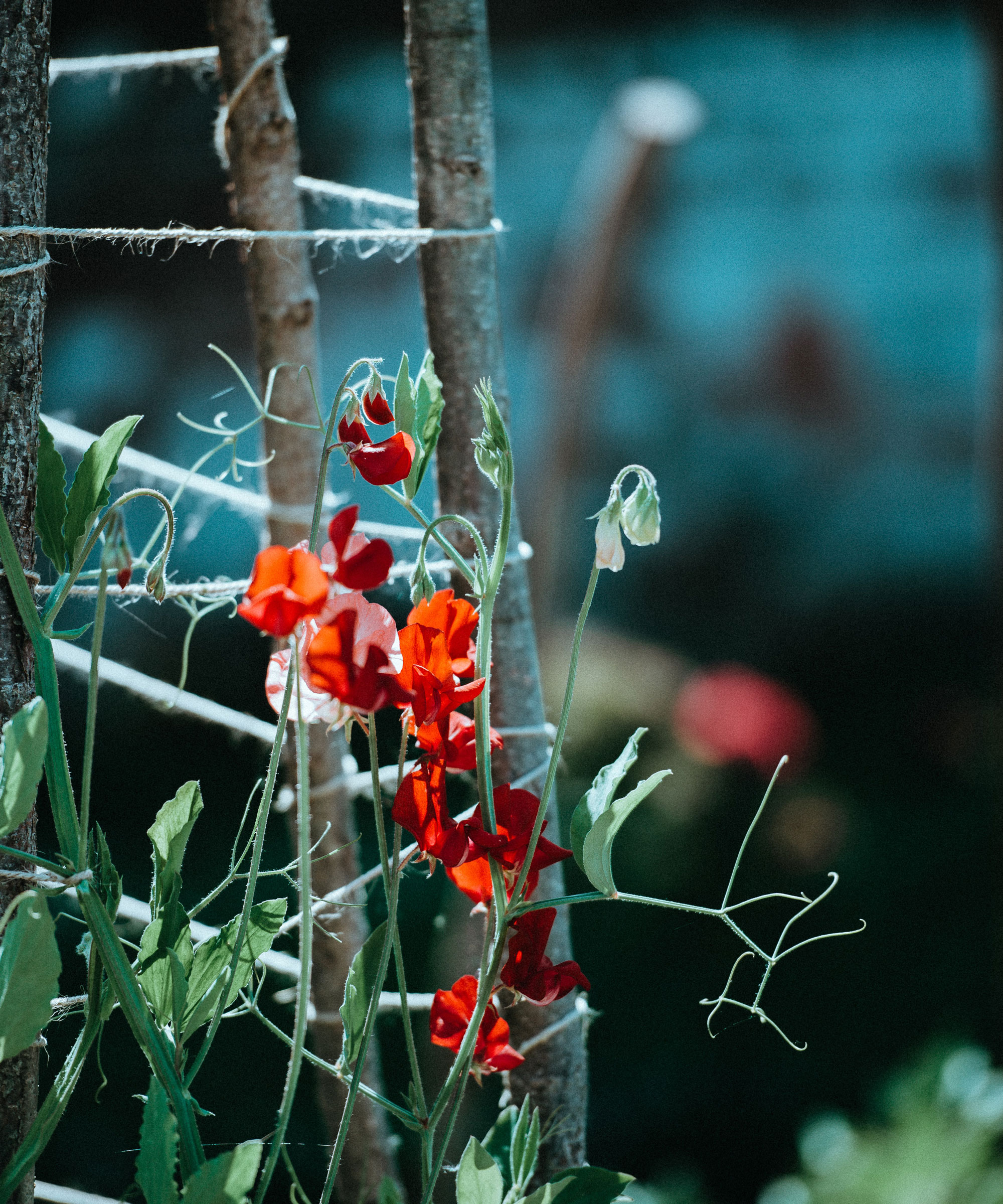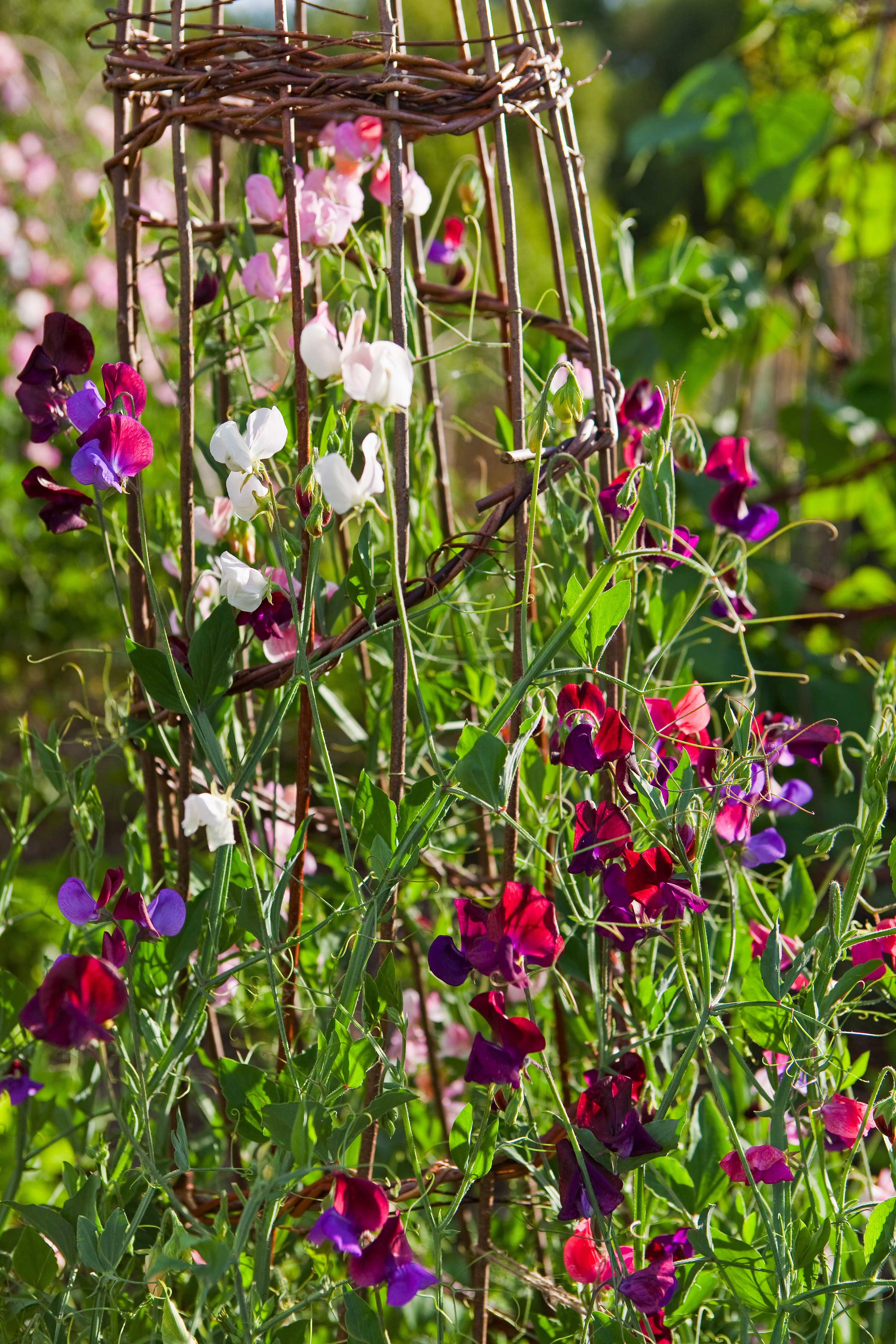Laura LeBoutillier gives her top tips for pinching out sweet peas – for more flowers in the summer
Why you need to pinch out your sweet peas before you plant them out, according to gardening expert Laura Le Boutillier

The sweet pea season is almost upon us – time to start pinching out sweet pea seedlings growing in your greenhouse. Learning how to grow sweet peas is easy, and pinching out is optional. However, as gardening expert Laura LeBoutillier explains, if you do choose to pinch out, you'll have bushier plants with more flowers. To do the pinching out correctly, follow Laura's tips below.
1. Wait until they're tall enough
Broadcasting her top tips for pinching out sweet peas on her Garden Answer YouTube channel, Laura says that 'you usually want to wait until they're four to eight inches tall, or until they have three or four sets of leaves'. You then want to be pinching back right above the second set of leaves: 'what that will do is create two new stems', encouraging bushier growth and more flowers.

2. Don't plant them out too soon

As Laura explains, sweet peas are 'cold-tolerant plants', but if you still have cold, frosty nights forecast, it's still too early to plant out tender seedlings. Don't rush it, and you'll be rewarded with healthier plants come summer. In frost-prone areas, you may well need to wait until mid-May until planting them out, even if you've pinched them out by then.
If you have already planted out your sweet peas and a frost is forecast, find out how to protect plants from frost in our guide.
3. Train them up as soon as you do
As soon as it's warm enough to plant out your sweet peas, make sure they have adequate plant supports – you can use our climbing plant support ideas for inspiration. Sweet peas are vigorous climbers and, as Laura says, 'will grab onto whatever they can' with their tendrils. They can grow up to two meters tall, too, so you want to make sure they have something to hold on to to stop them from flopping.
Anna writes about interior design and gardening. Her work has appeared in Homes & Gardens, Livingetc, and many other publications. She is an experienced outdoor and indoor gardener and has a passion for growing roses and Japanese maples in her outside space.
